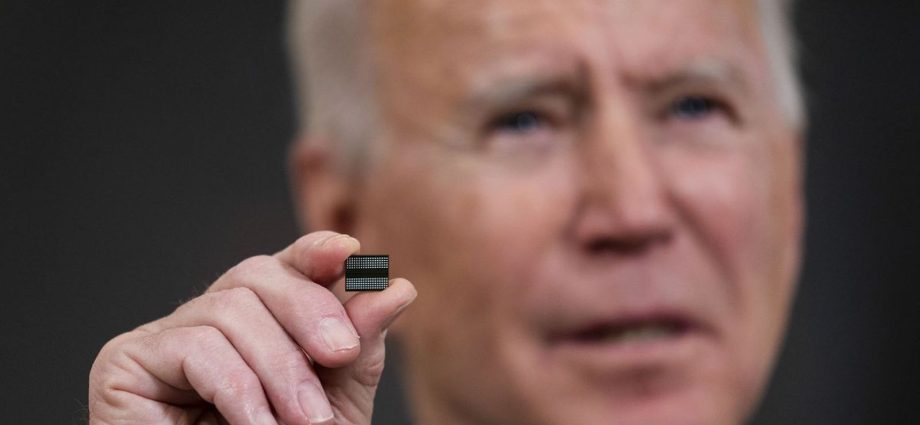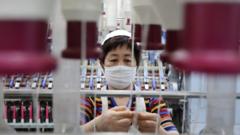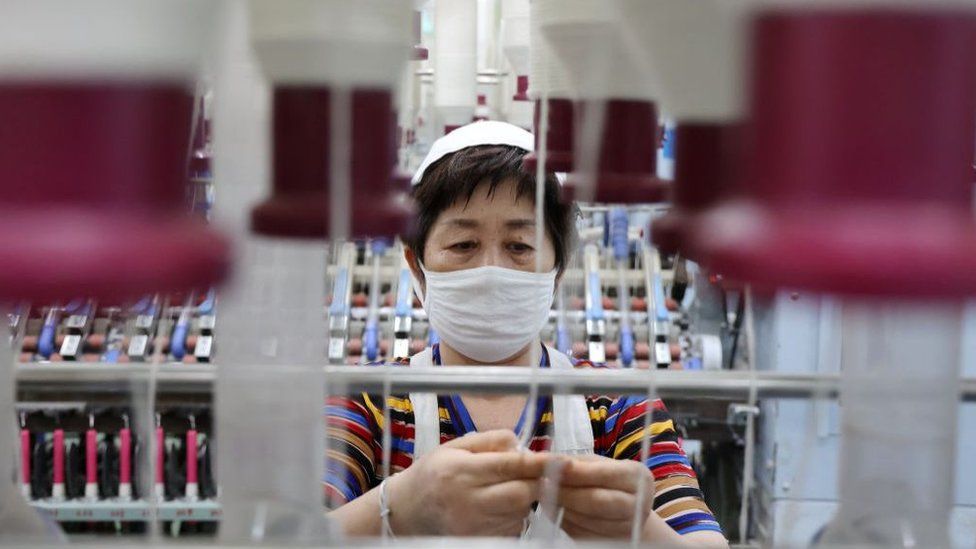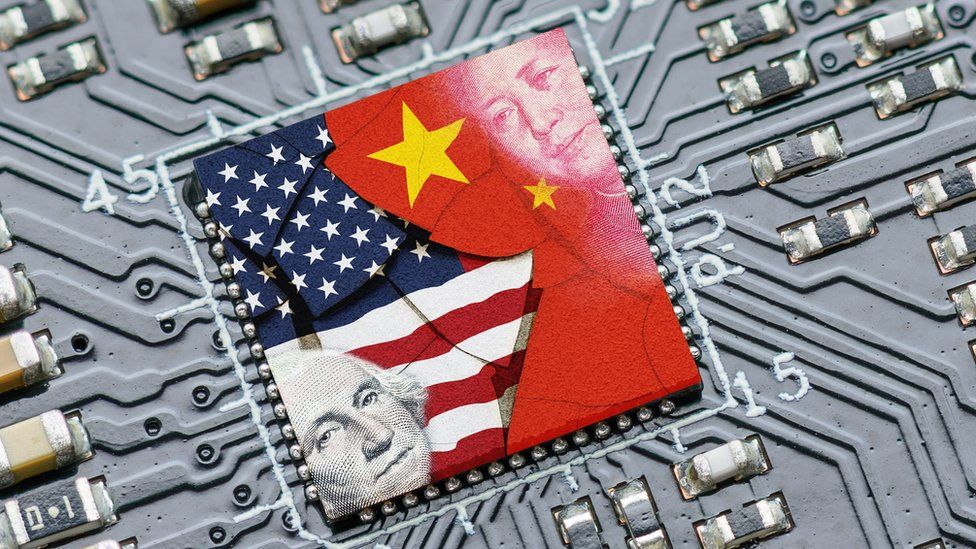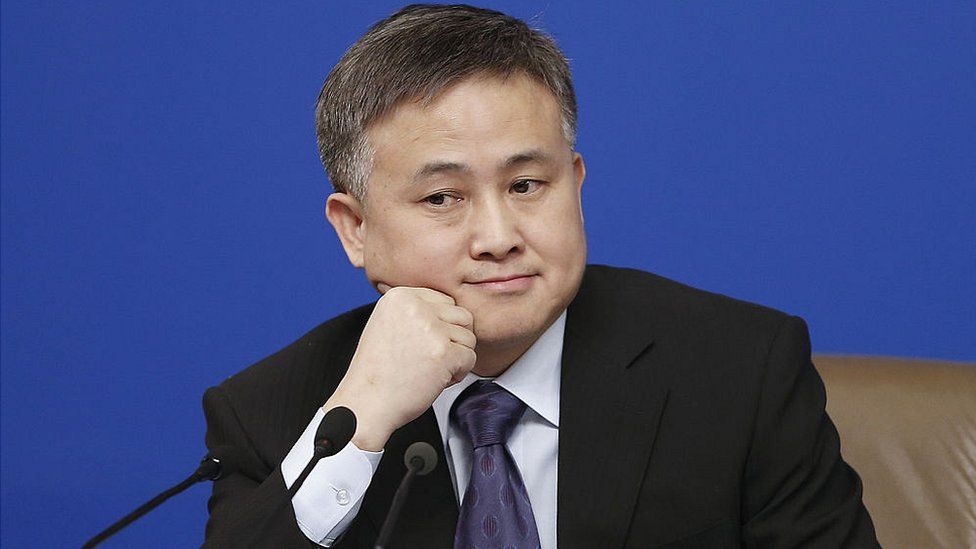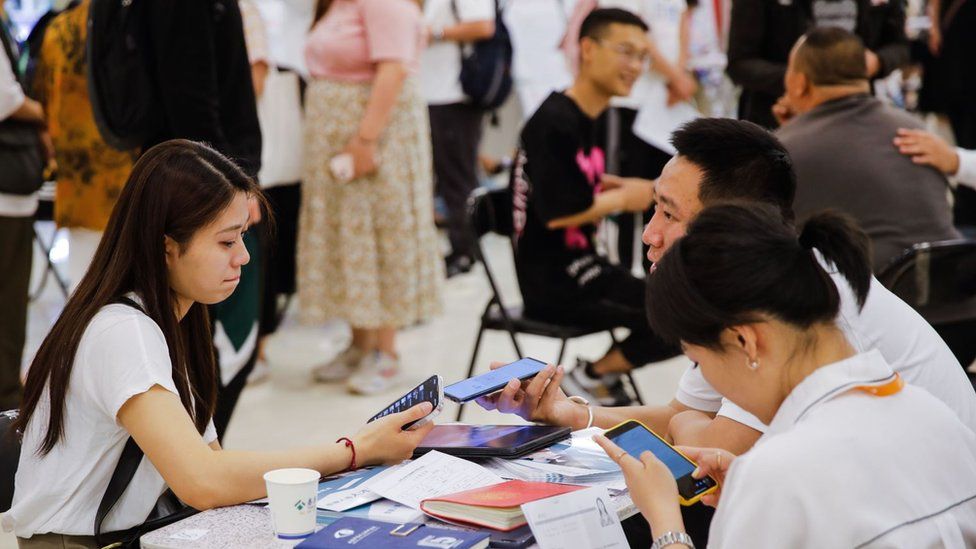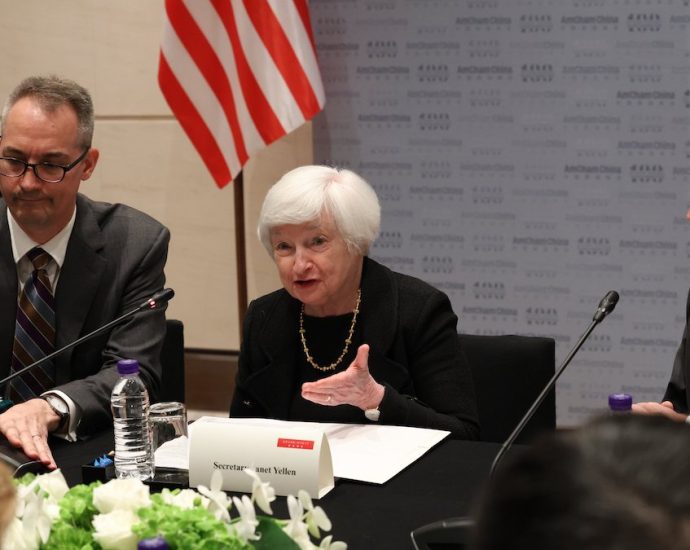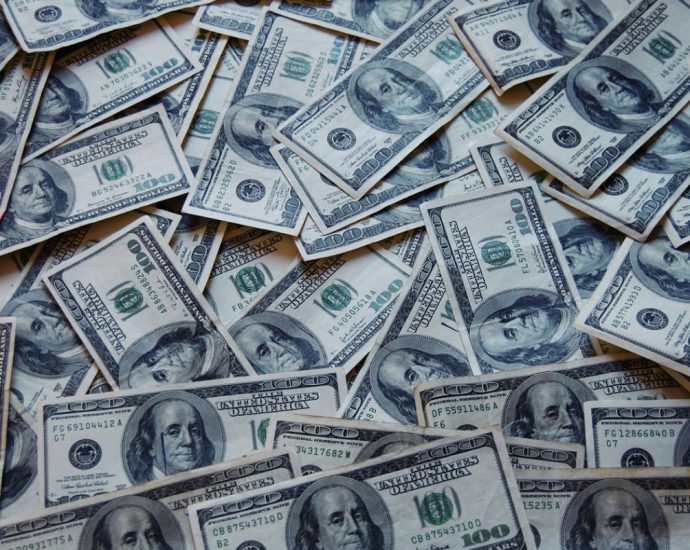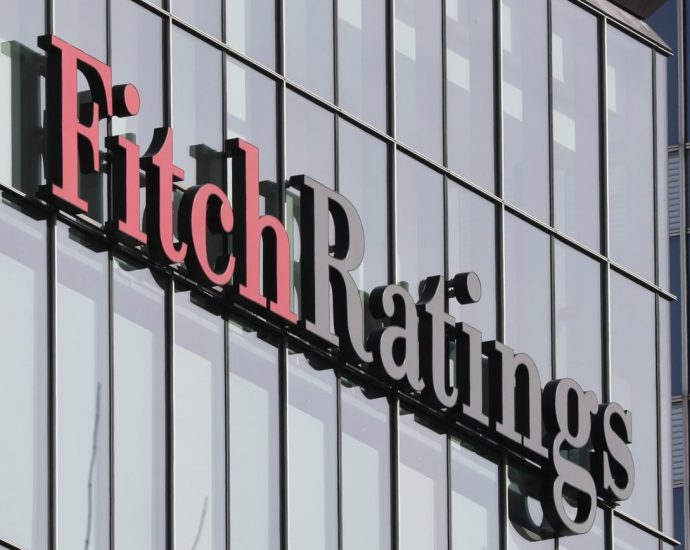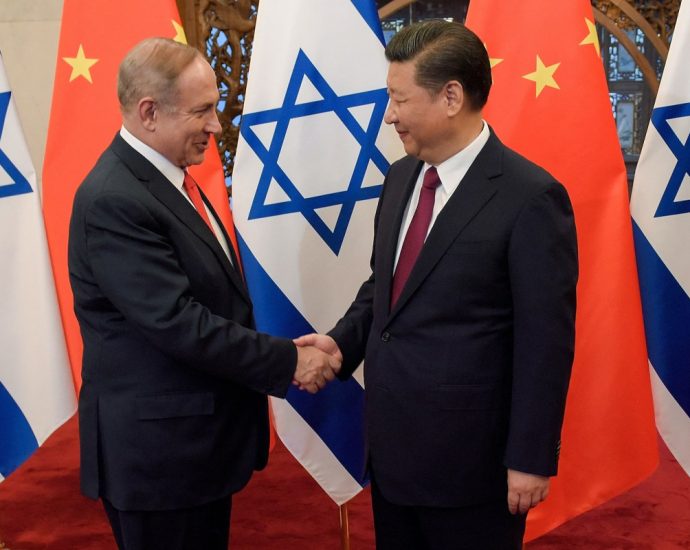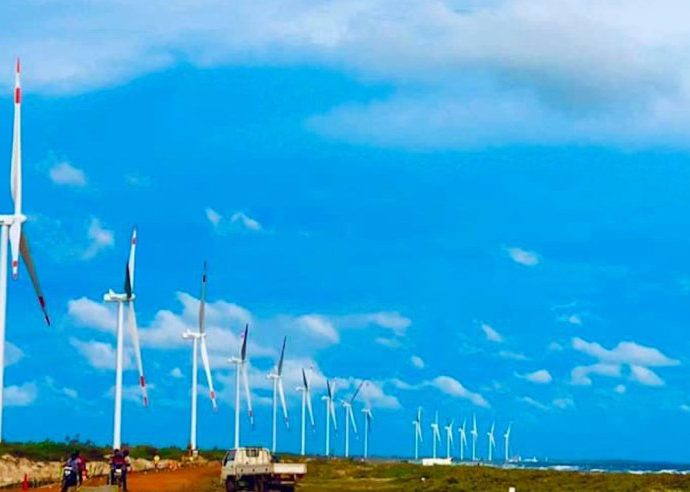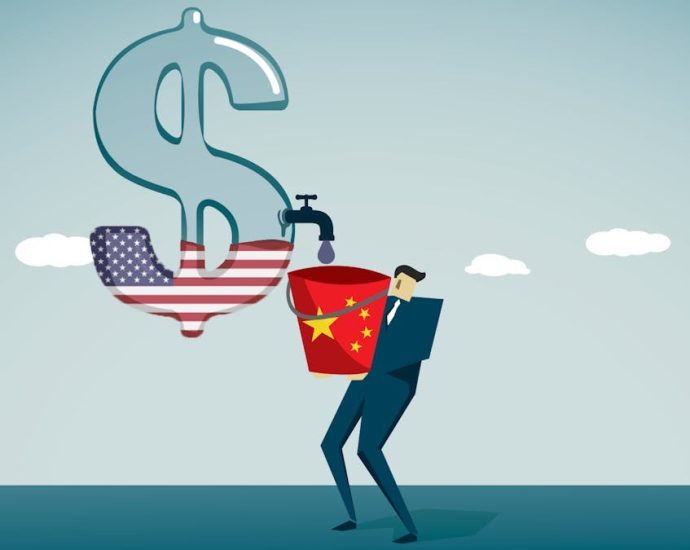China still invaluable to global value chains
The end of the Cold War witnessed a period of “Hyperglobalization“, during which China emerged as a central player in trade and global value chains (GVCs).
Nowadays, GVCs account for more than 70% of international trade and China is moving toward a more upstream position in GVCs, in line with its transition to becoming a global supply hub in GVC networks.
China’s participation in GVCs enabled its transition from low-end manufacturing to higher value-added production activities. Initially, China capitalized on low labor costs and favorable investment policies to attract foreign investments in labor-intensive but low-value-added industries.
Over time, Chinese firms have shifted towards higher value-added activities through industrial upgrading, research and development, technology adoption and workforce skill enhancements.
Domestically-owned firms have evolved into manufacturing supply centers and new regional hubs for service supply and demand. China has become a leading innovator in various industries as it transitions from an assembler to a sophisticated supplier and innovator in GVCs.
China’s evolving economic conditions, including rising labor costs, are also changing multinational enterprise investment behavior. Its aging population will result in a further decline in the working-age population and a shift in the structure of its labor market.
Despite the low labor share and a slower wage increase compared to GDP growth, China’s unit labor cost continues to rise, eroding the country’s manufacturing labor cost competitiveness.
Improving the business environment and fostering innovation will be crucial for promoting exports in skill-intensive and contract-dependent industries as China navigates these demographic and economic challenges.
While low-end manufacturing industries are outsourced, higher value-added industries with longer supply chains will remain in China, benefitting from its comprehensive manufacturing system, well-developed infrastructure and supportive government services. These factors continue to attract foreign investments despite rising geopolitical tensions.
The US-China trade conflict, which began in 2018, has negatively affected China’s exports and prompted changes in value-added structure.
US President Joe Biden’s administration shifted the focus of its strategic competition with China to high-tech industries. The number of firms on the US Entity List has quadrupled and restrictions on semiconductor industry export have tightened.

Decoupling and derisking have significant global consequences, including the fragmentation of GVCs, reduced efficiency, elevated production costs and higher consumer prices. International collaboration in research and development has also been hindered, stalling technological progress and innovation.
Geopolitical tensions could also intensify, causing businesses and investors to become risk-averse, leading to decreased investments, stagnant economic growth or even recession.
If China’s access to the GVC declines, it will slow down knowledge and technology flows into China from the global economy, which will dampen growth.
Multinational enterprises would lose access to China’s large market, knowledge, technological leadership and efficient industrial system — hampering their business plans and brand development.
South Korean companies have been impacted by US export controls against China. South Korea is a trade-dependent economy – its sum of export and imports as a share of GDP is around 80% – with 31% of total exports being electrical and electronic equipment.
South Korea shipped 55% of its semiconductor exports to China in 2022. The country’s chipmakers cannot ignore business prospects in China and are worried that US export control policies could undermine their expansion.
China should be viewed as an opportunity and a driving force for worldwide economic recovery and prosperity, rather than a threat. A thriving China contributes significantly to global growth and has accounted for one-third of total expansion since the global financial crisis.
Embracing collaboration and integration within the global value chains can lead to increased efficiency, innovation and shared knowledge.
The effects of decoupling are yet to manifest. Despite increased decoupling, US-China trade hit a new record in 2022. But China’s preparedness to withstand decoupling could be bolstered by its large economic size and integrated domestic market, which the “dual circulation” strategy is designed to achieve.
The decreasing share of FDI in China’s total investment since 1994 suggests that China can maintain and expand its production capacity using domestic or other sources of capital even if decoupling were to occur.
China’s institutional structure also supports heavy government investments in weaker areas, contributing to the development of a domestic supply chain.

But it will be difficult for the Chinese economy – burdened by an aging population, large-scale debt, weak domestic consumption and economic slowdown due to structural problems such as housing downturns – to completely offset the decline in global sales with an increase in domestic market demand.
Economic decoupling has detrimental impacts on the weakening global trading system, even with the emerging regional free trade arrangements, with long-term consequences to future cross-border flows of trade, investment and technology. Such costs will far outweigh any benefits of decoupling.
What the world needs is a new wave of global economic reintegration to offset the negative impacts of the pandemic and the global economic slowdown. Upholding the principles and practices of open trade and multilateralism is the key to achieving this.
Ligang Song is Professor of Economics at the Arndt-Corden Department of Economics at the Crawford School of Public Policy, The Australian National University.
Yixiao Zhou is Associate Professor of Economics at the Arndt-Corden Department of Economics, Crawford School of Public Policy, The Australian National University.
This article was originally published by East Asia Forum and is republished under a Creative Commons license.

